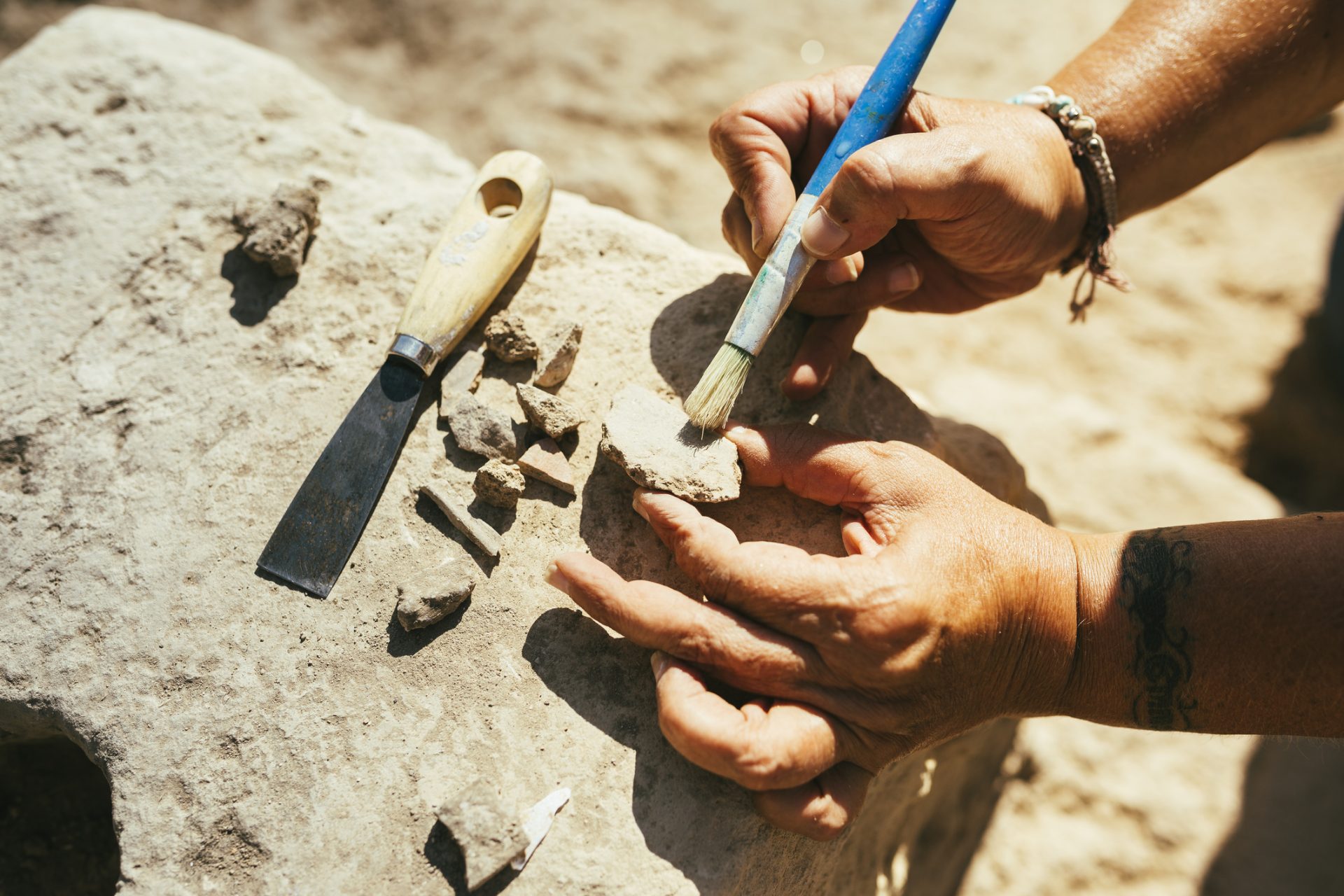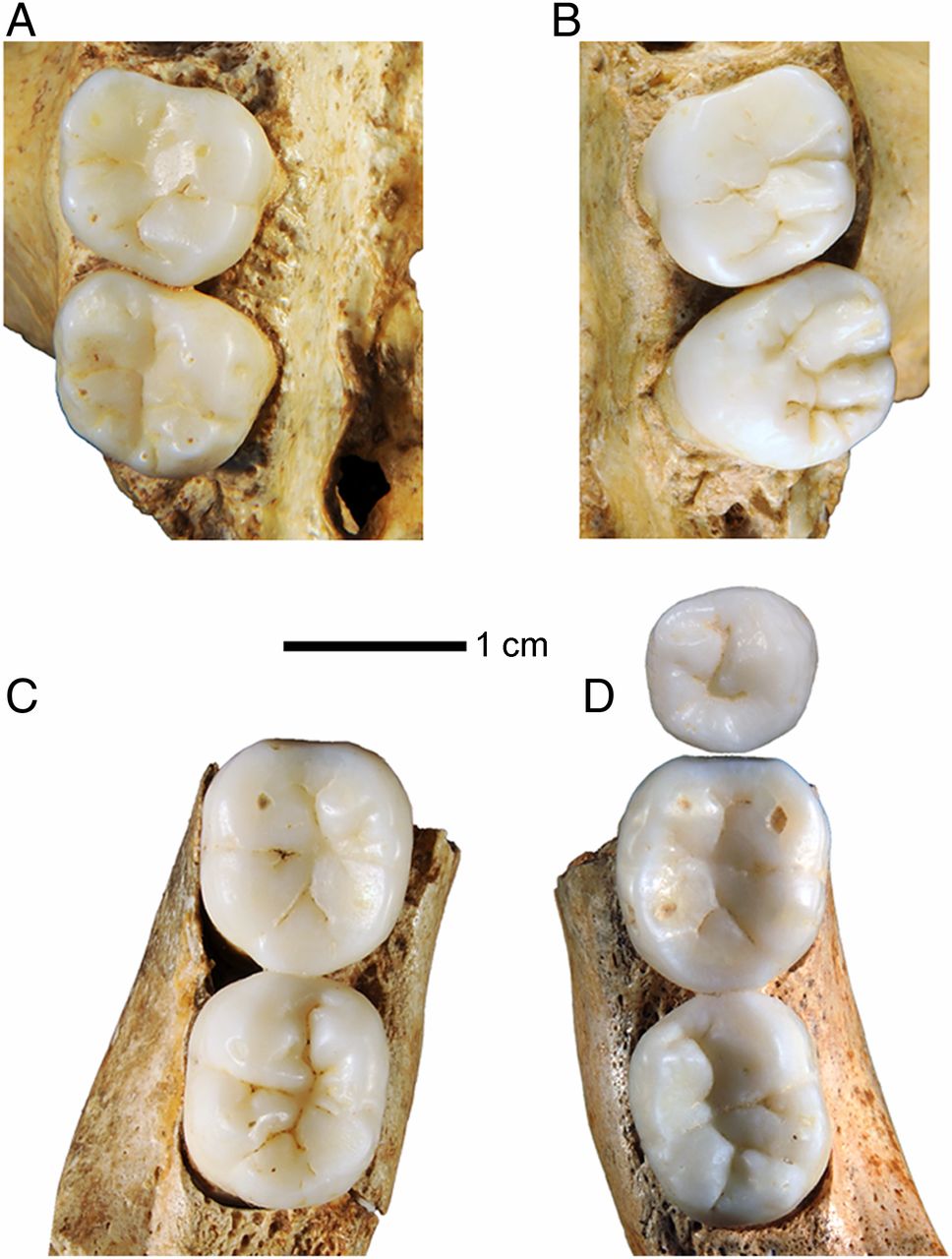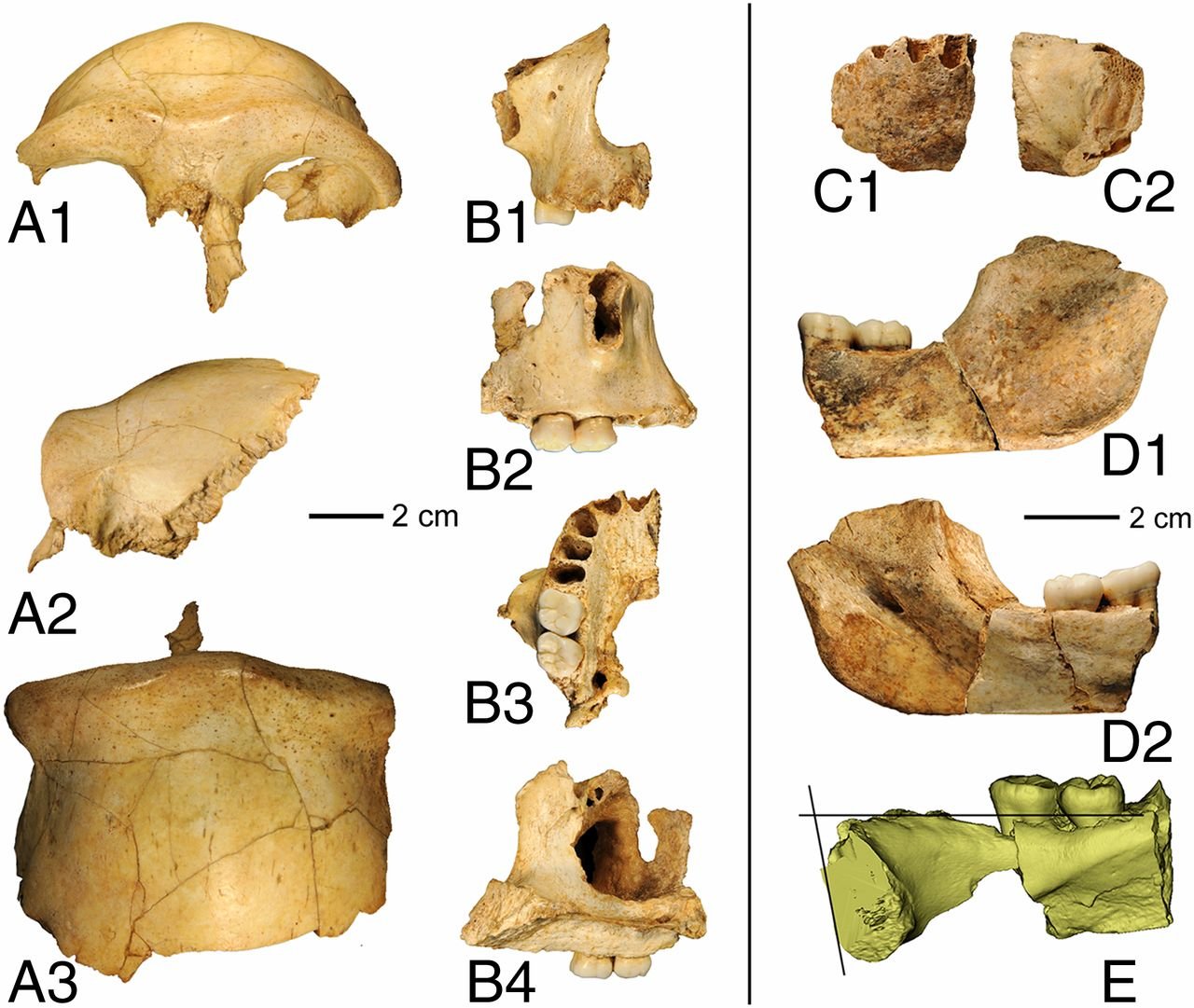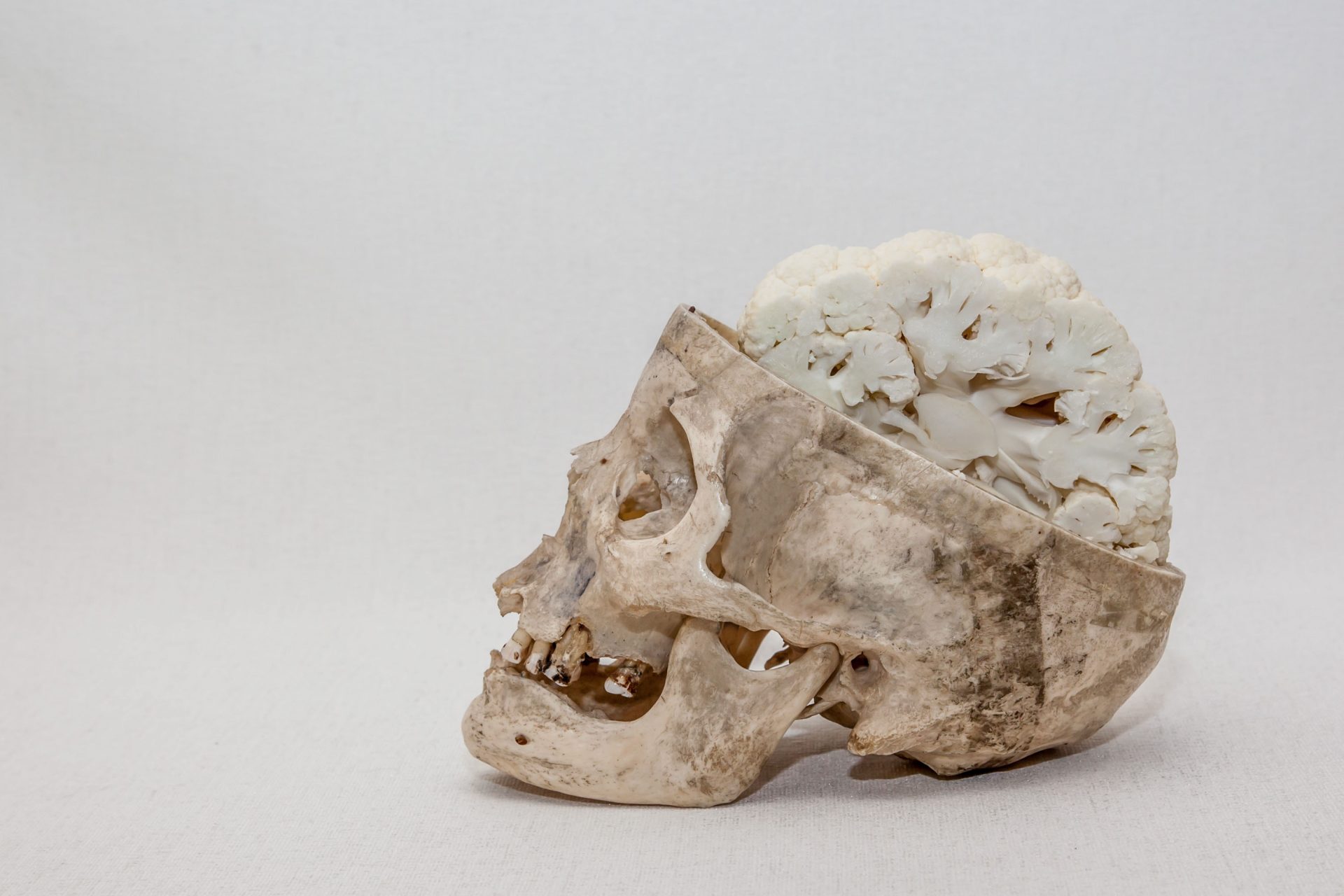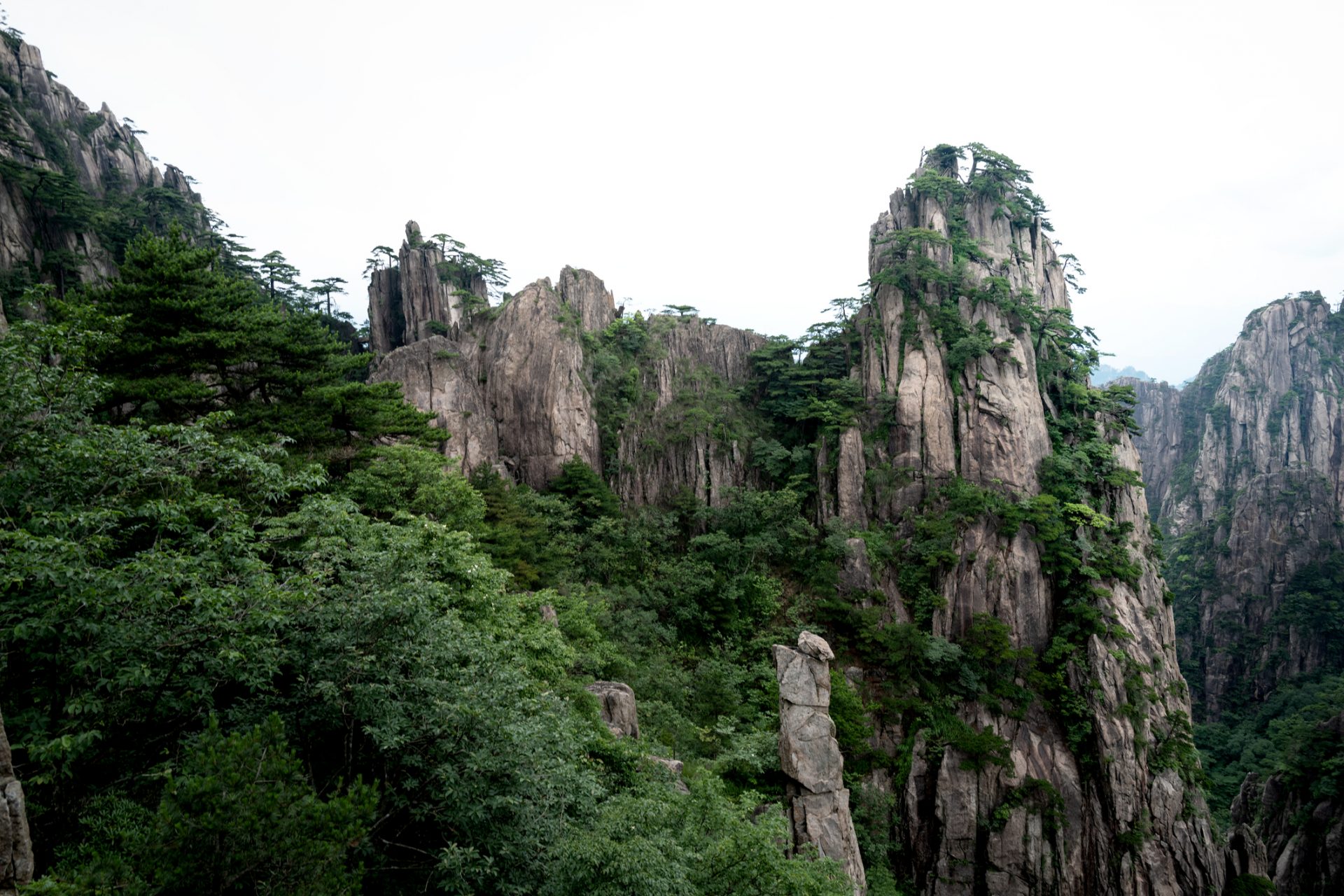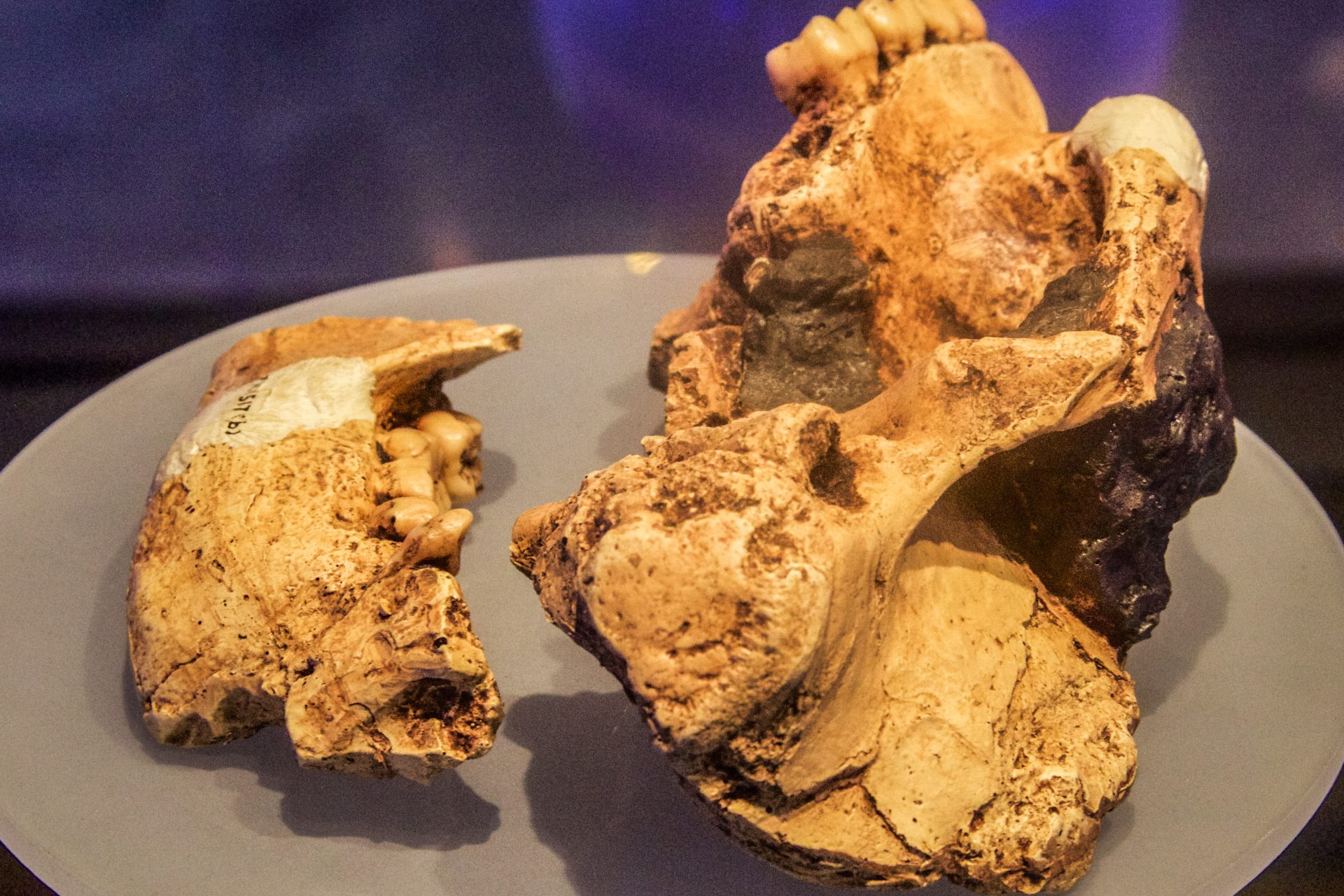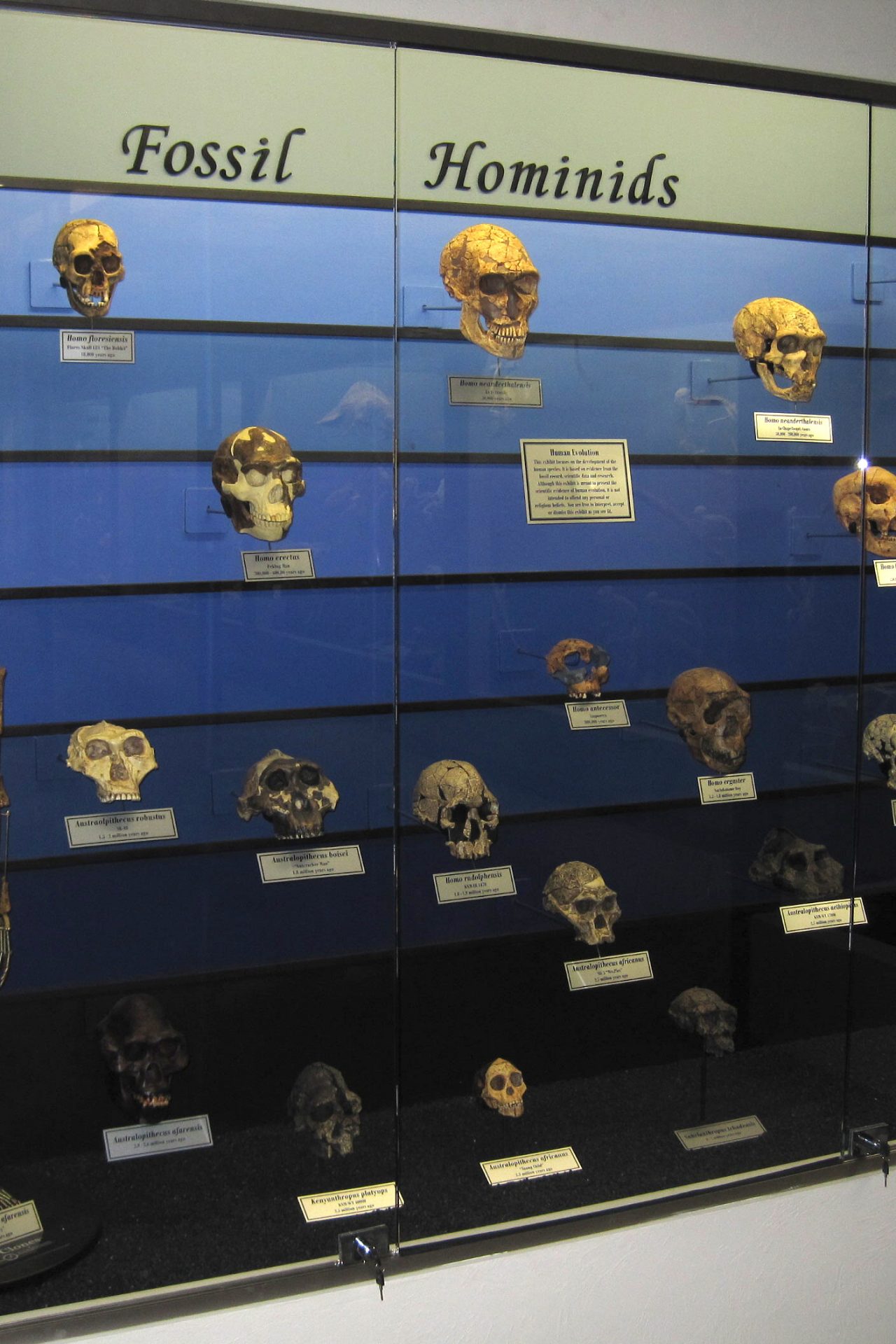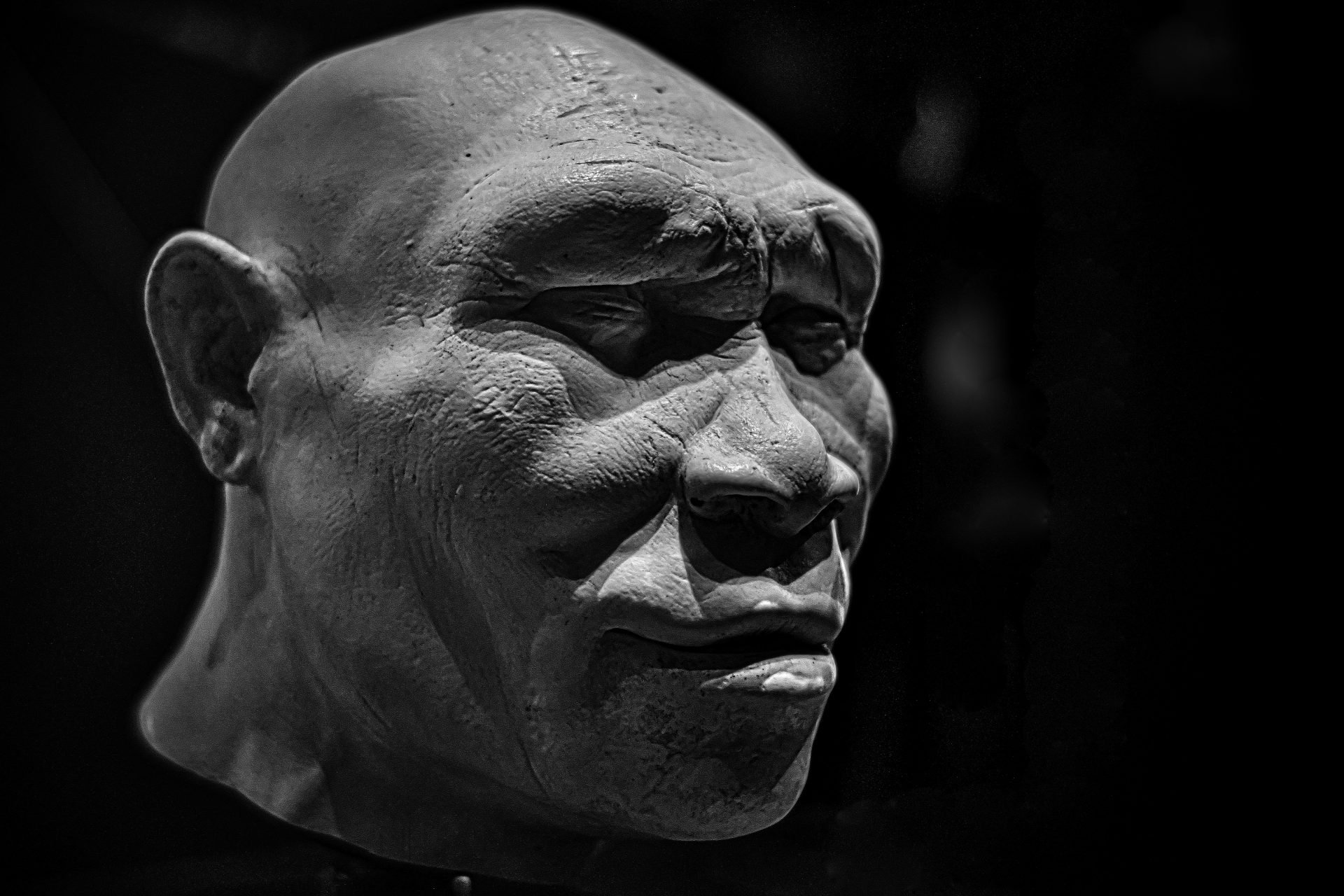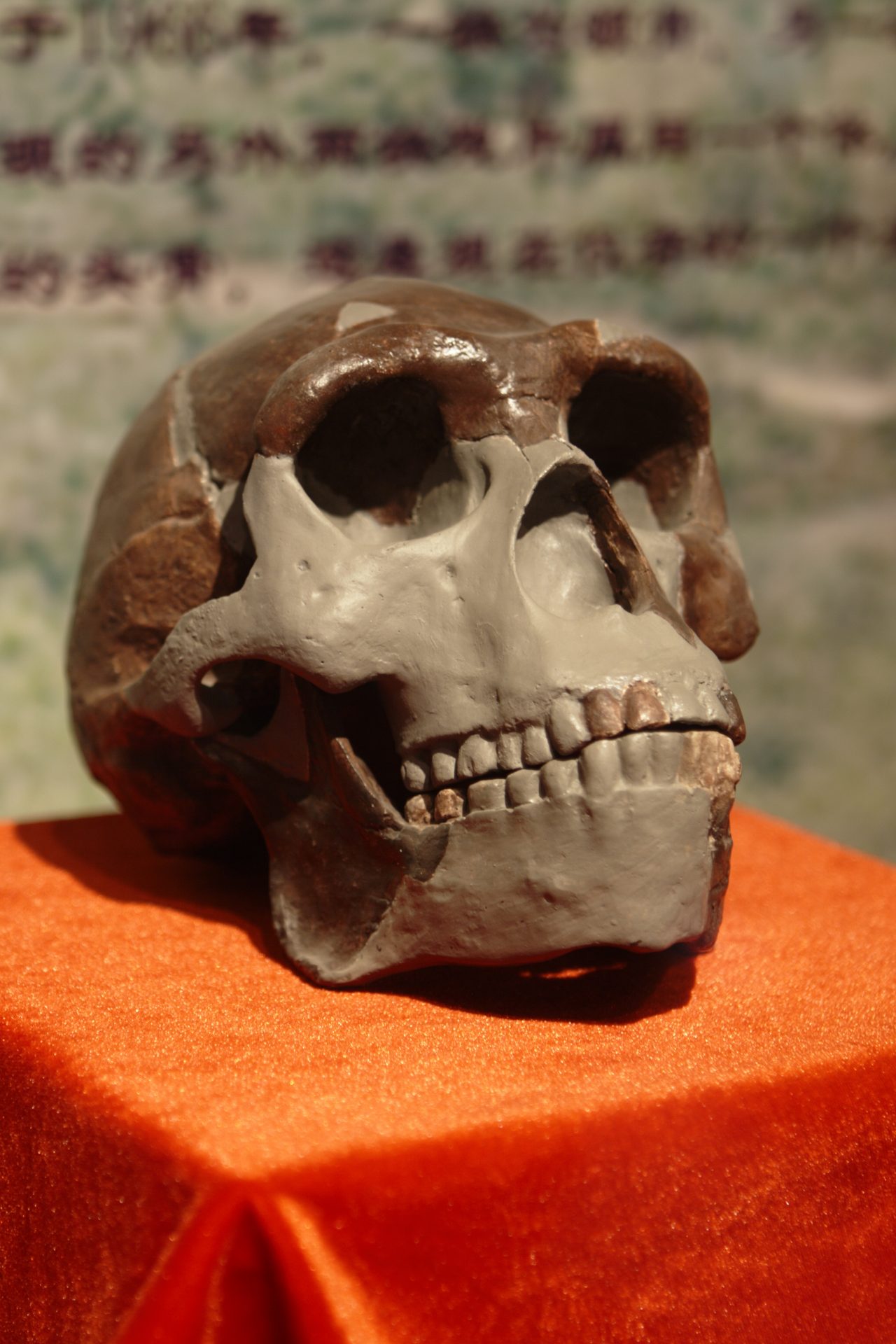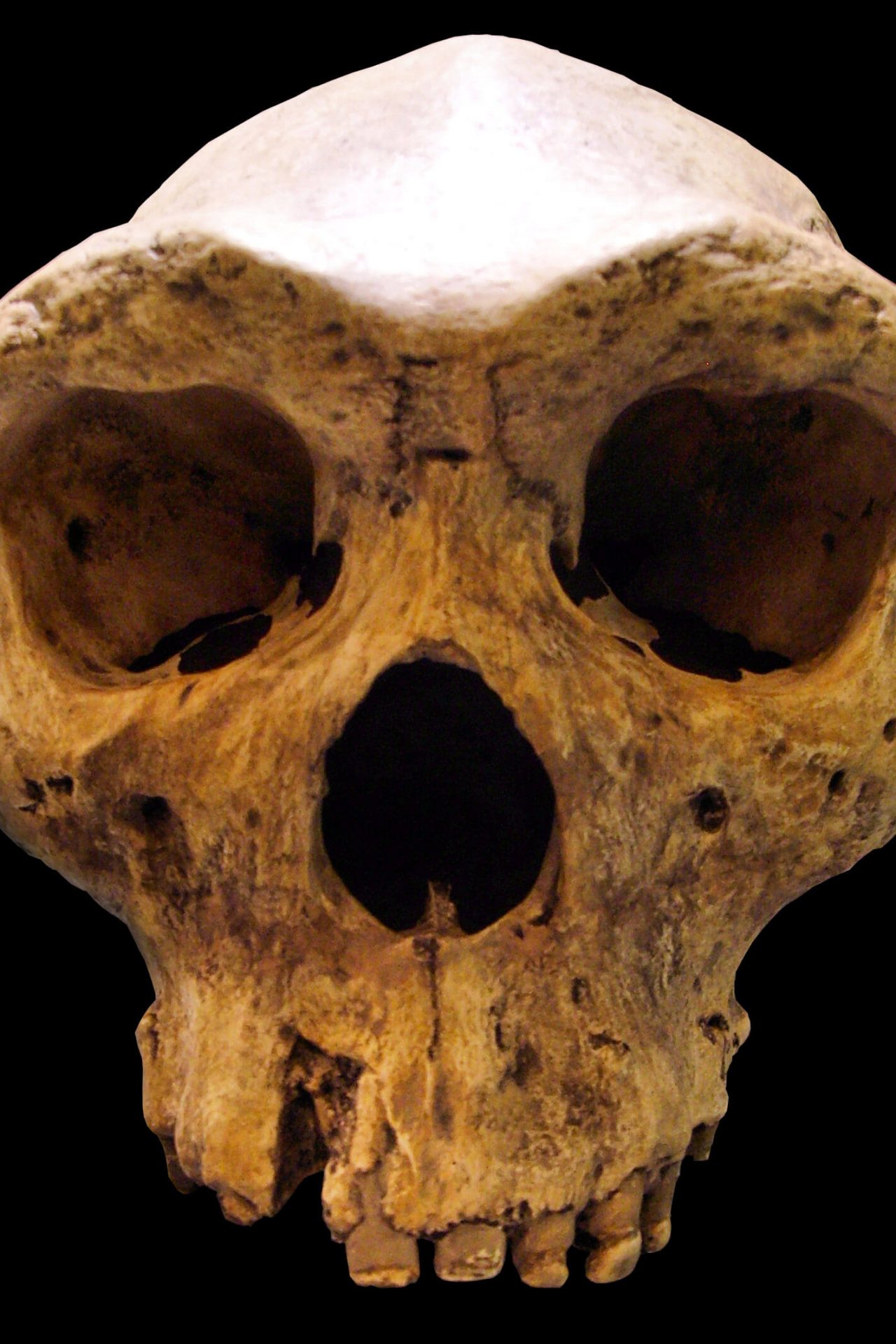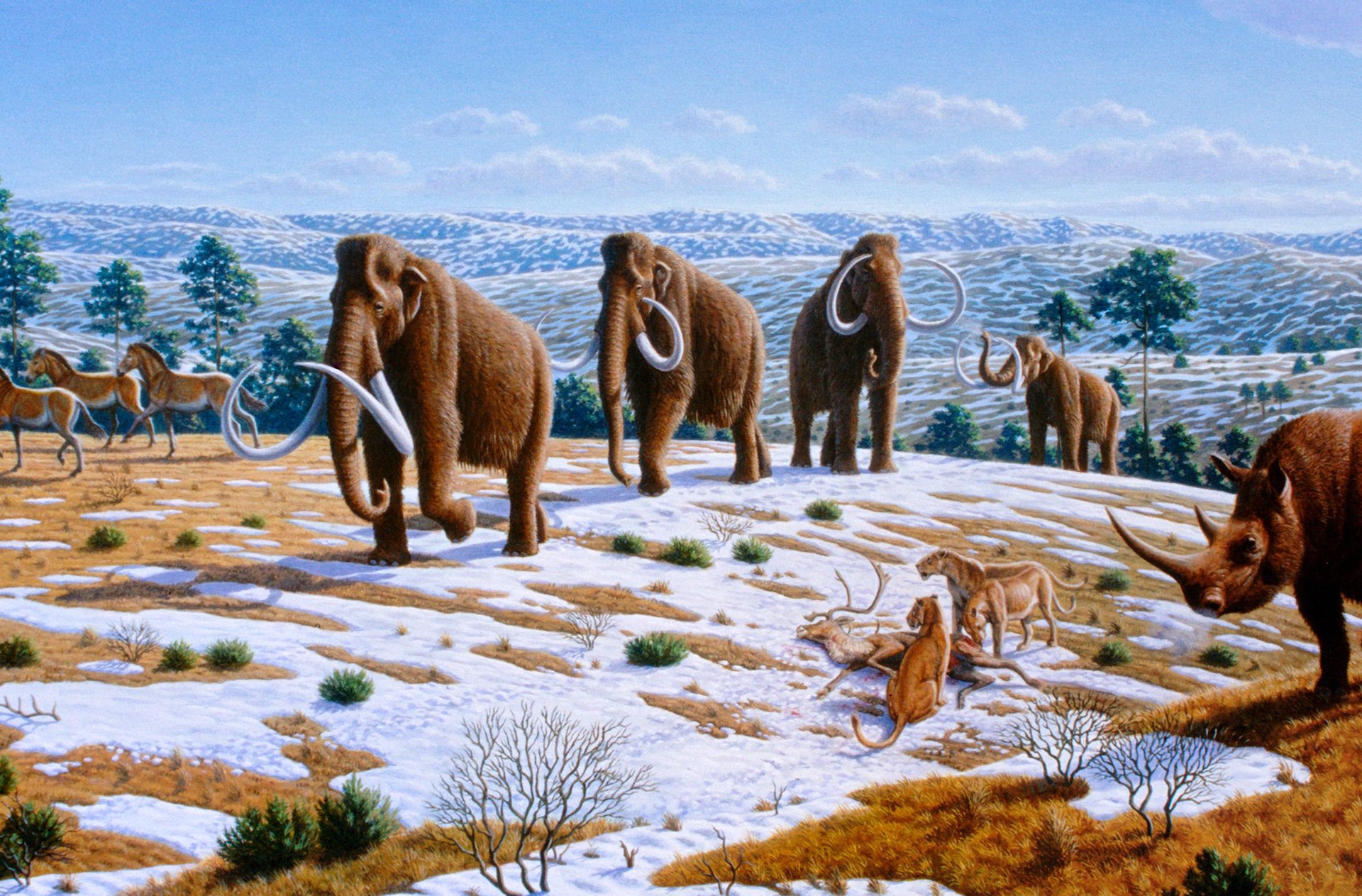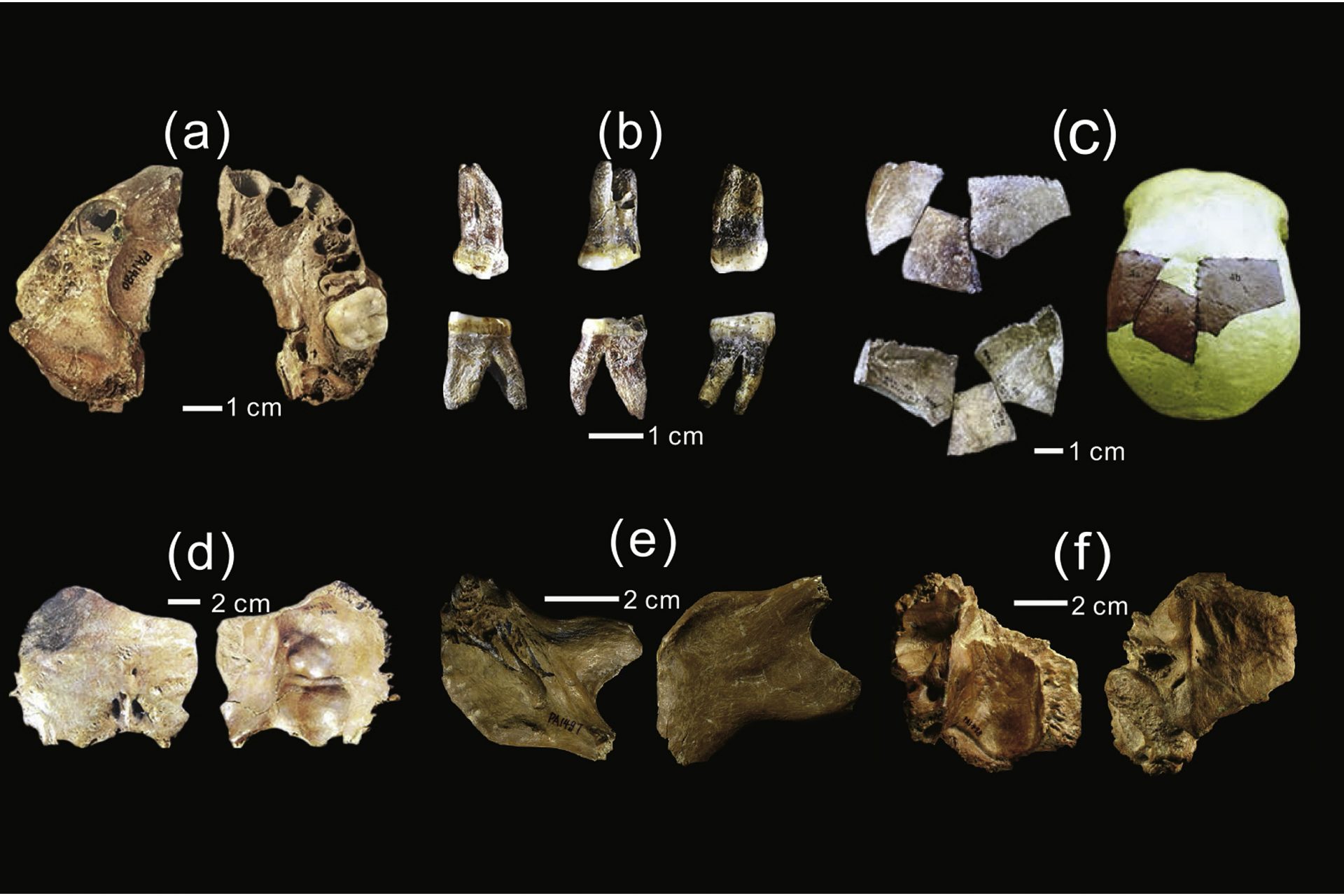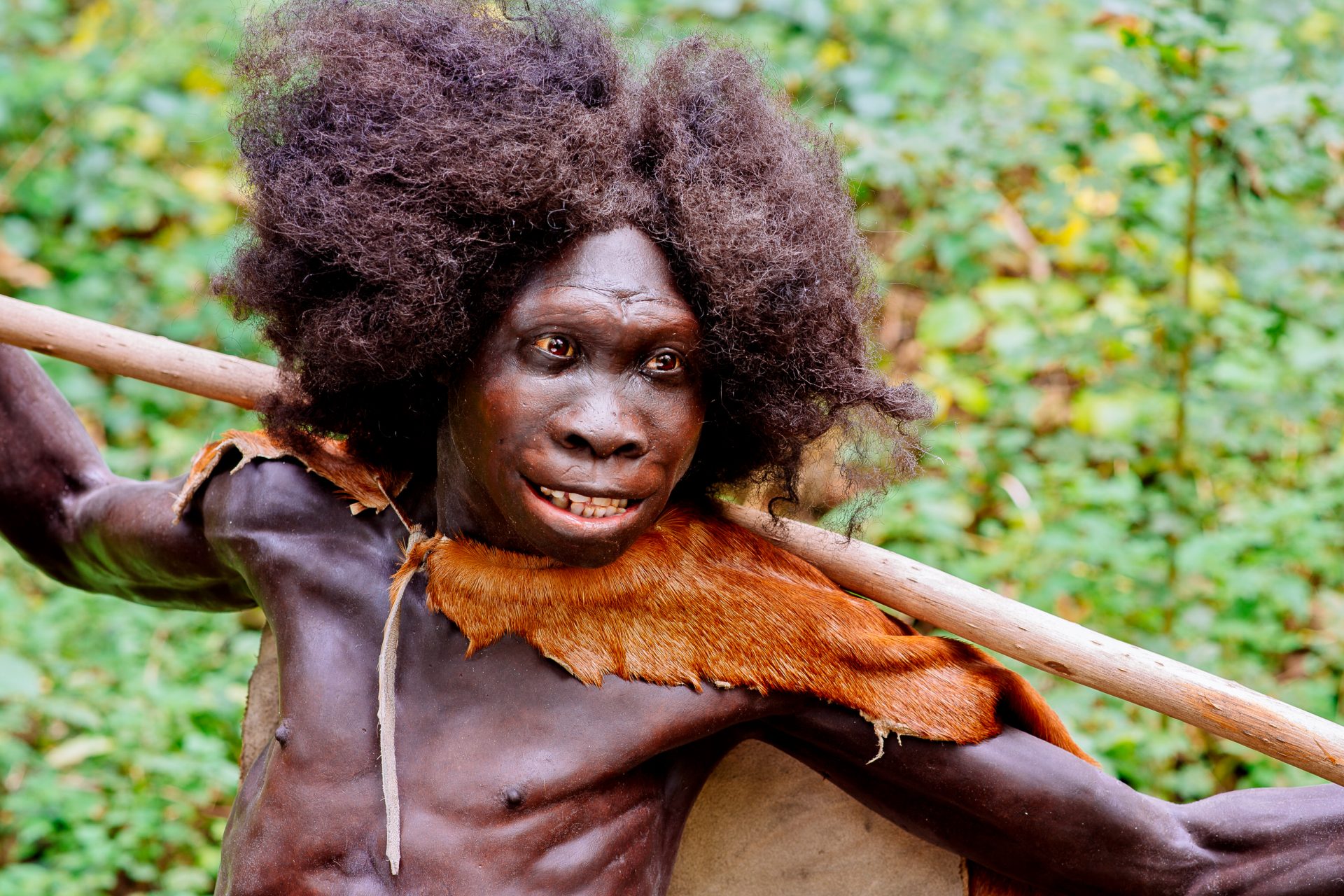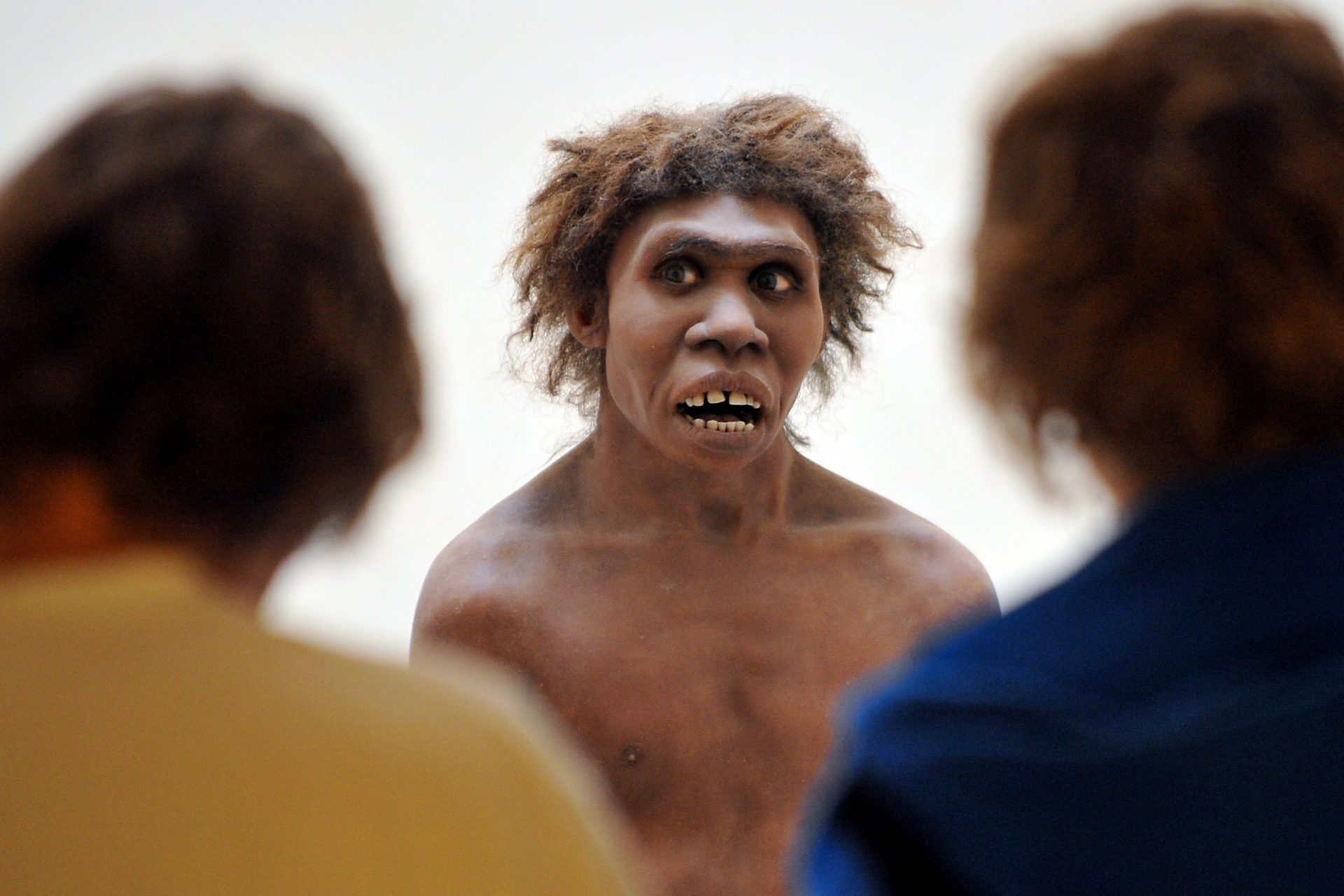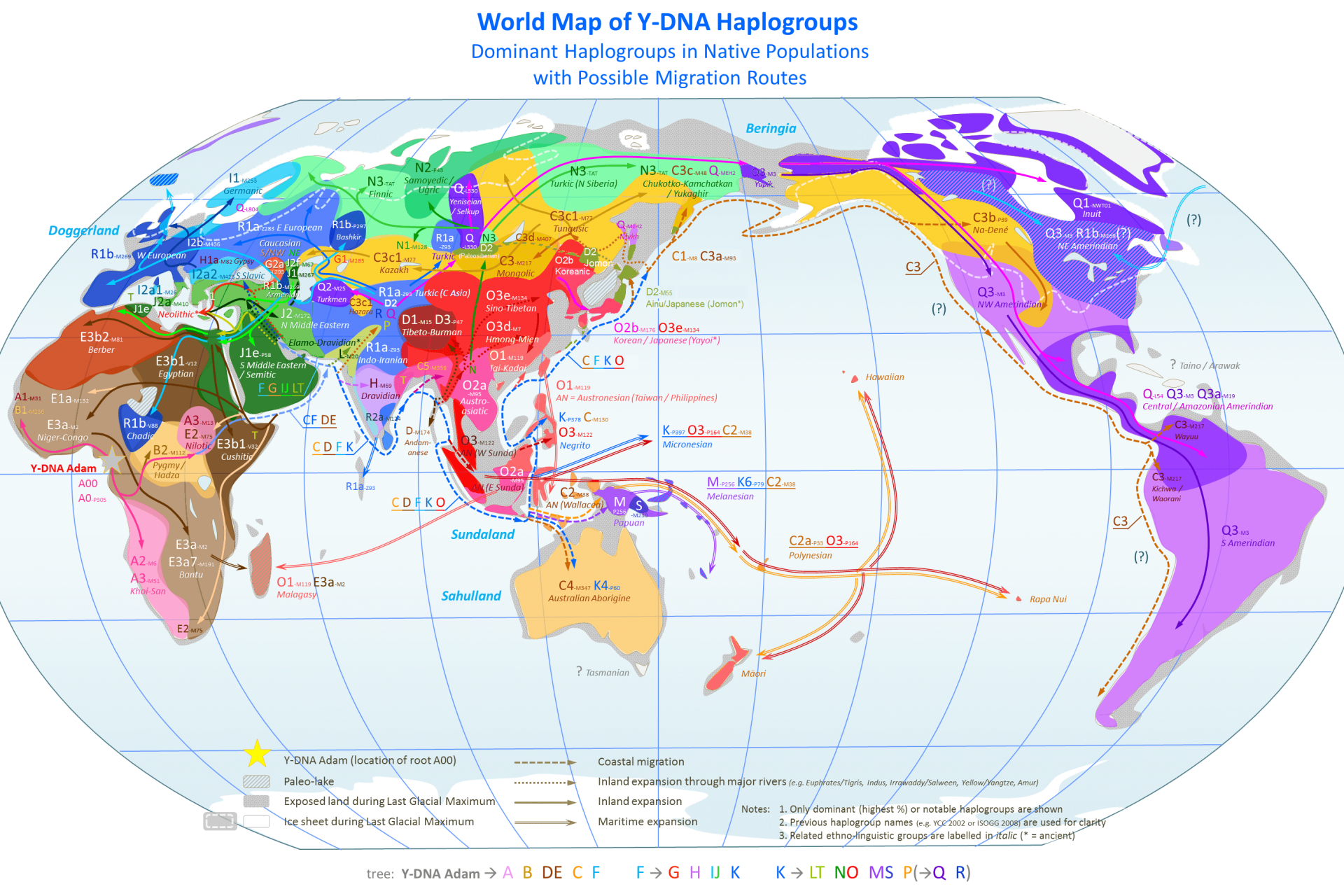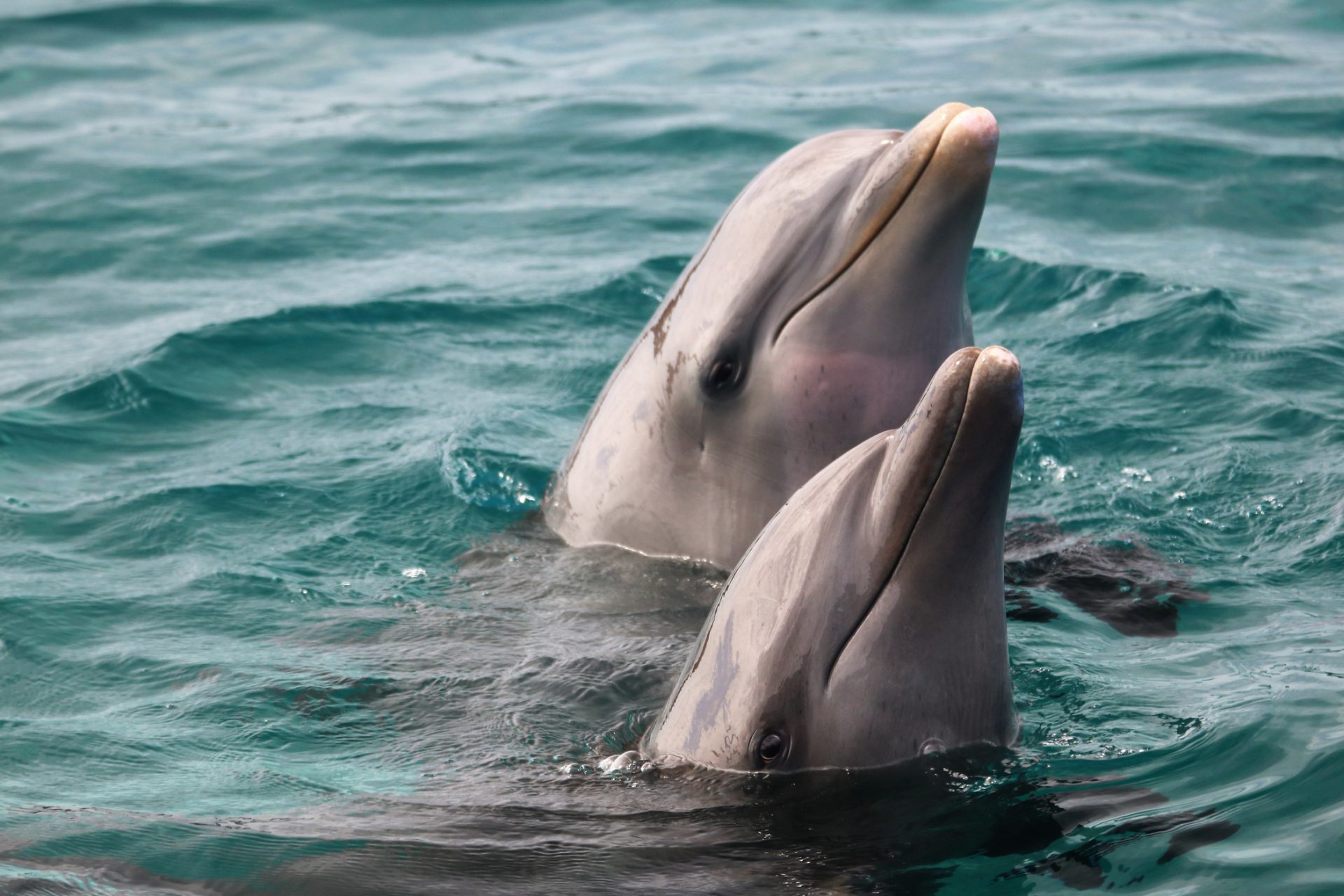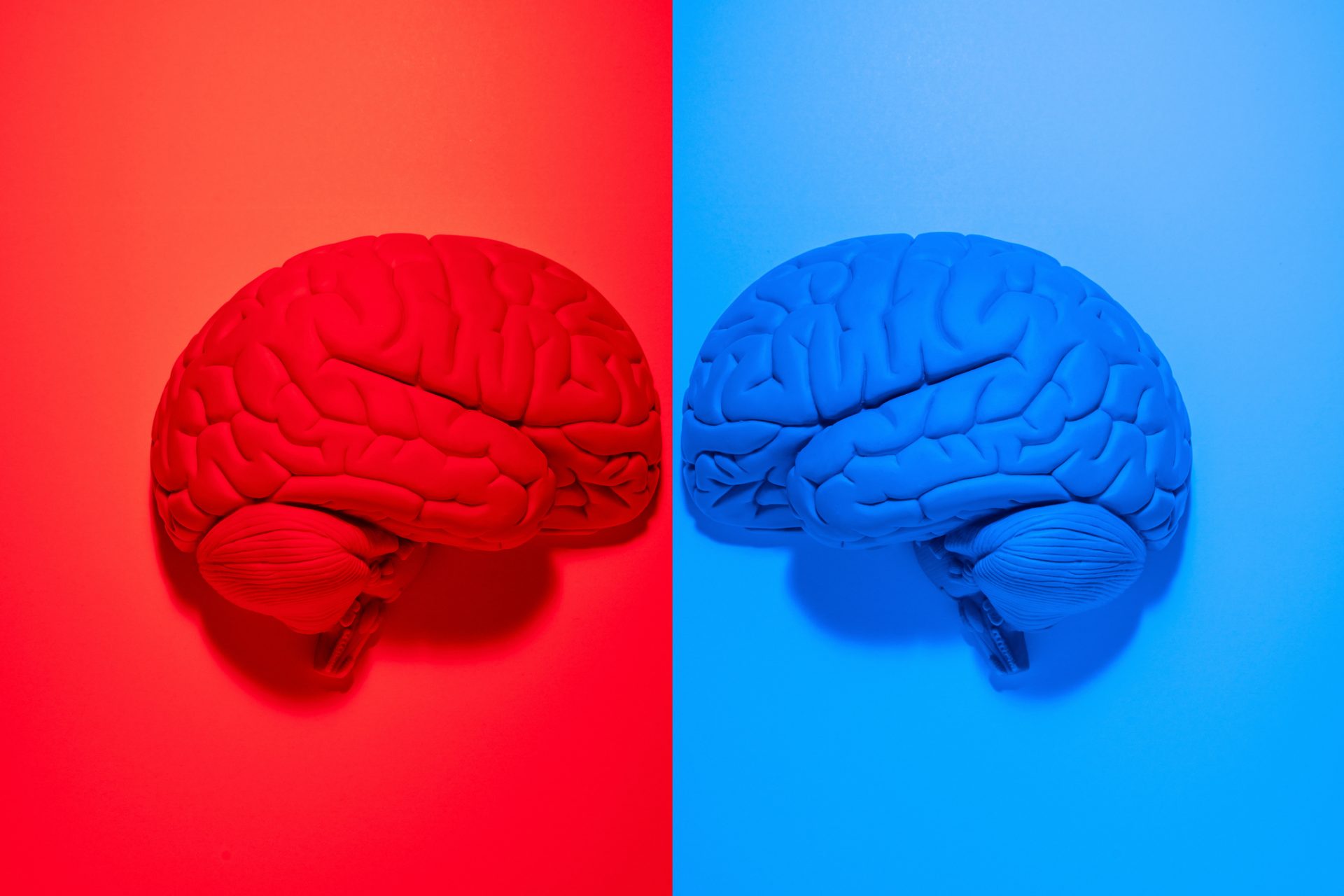The discovery of a prehistoric human jaw bone could change human history
The history of humanity is shrouded in mystery and there are always new discoveries being made that rewrite what we thought we knew about our past. This may have happened as recently as September 2023 when new research on a prehistoric jaw bone revealed a thrilling possibility.
The discovery of an ancient fossilized jawbone might have been holding the secrets to a previously undescribed lineage of humanity according to a study published in the Journal of Human Evolution.
The jawbone in question wasn't a new discovery. It was unearthed by a group of international paleontologists back in 2020. However, a detailed analysis of the ancient fossil by researchers until September 2023.
Photo Credit: Xiujie Wu et. al. Proceedings of the National Academy of Science, 116 (20) 9820-9824.
Everything about the fossilized jawbone requires a bit of explaining because other parts of its owners may have been discovered in 2019 when fragments of a skull belonging to a 12-to-13-year-old juvenile were discovered in the same cave, according to Nature.
Photo Credit: Xiujie Wu et al. Proceedings of the National Academy of Science, 116 (20) 9820-9824.
The skull fragments were unearthed by palaeoanthropologist Xiujie Wu and her team of researchers from the Beijing Institute of Vertebrate Paleontology and Paleoanthropology while excavating Hualongdong cave in China’s eastern Anhui province.
Photo Credit: Academia @xiujiewu
Wu and her team were shifting through animal bones in the same cave when they found fragments of what turned out to be a jawbone they believed could have been connected to the skull fragments they unearthed the previous year.
“The discovery has enabled a more detailed analysis of where the Hualongdong people fit on the human family tree,” a Nature news article explained about the find that could change everything we know about early human evolution.
The jawbone proved to be quite unique among other finds since it bore both archaic and modern features. Later analysis by Wu and her researchers revealed the fossil probably dated to around 300,000 years old and wasn’t like anything else from the time period.
Pictured: Partial Paranthropus robustus skull from Kromdraai / Photo Credit: Wiki Commons
Global News reported the oldest homo sapiens found date back to 300,000 years ago, but the skull and jawbone that Wu and her team unearthed didn’t belong to the species, though they shared some similarities that deepened the mystery of the fossils.
Pictured: hominid fossils / Photo Credit: Wiki Commons By Sklmsta, Own Work, CC0
These features included a flat face, but the fossils indicated that whatever they belonged to lacked what the researchers called a “true chin.” The evidence suggested the fossils could belong to a different species like homo erectus. But the theory didn’t pan out.
Pictured: Homo Erectus / Photo Credit: Wiki Commons By Werner Ustorf, CC BY-SA 2.0
For example, Nature reported that the jawbone Wu and her team discovered had a thick jawline, a feature associated with homo species like homo erectus. However, the lack of a true chin meant that the species wasn’t likely an early homo sapien.
Photo Credit: Wiki Commons By Yan Li, CC BY-SA 3.0
Other evidence did point to a connection with modern humans. For example, the side of the mandible that connected to the upper jaw was thinner than it would be in an archaic hominin and was much more akin to the bone structure of modern humans.
Pictured: "Broken Hill Skull" from Kabwe, Zambia / Photo Credit: Wiki Commons By Gerbil, Own Work, CC BY-SA 3.0
This analysis only worked to deepen the mystery of which human species was living in the region during the Middle to Late Pleistocene epoch, a period of time Nature noted lasted from about 800,000 years ago until 12,000 years ago.
Photo Credit: Wiki Commons By Mauricio Antón, from Caitlin Sedwick 'What Killed the Woolly Mammoth?,' CC BY 2.5
According to Wu and the study’s other authors, the findings weren't expected because it had both “archaic” and “modern” features that differed from the known homo species of the period—these included Homo’s Xujiayao, Penghu, and Xiahe.
Pictured: Xujiayao fossils / Photo Credit: Wiki Commons By Hong Ao, Chun-Ru Liu, Andrew P. Roberts, Peng Zhang, and Xinwen Xu, CC BY-SA 4.0
“This mosaic pattern has never been recorded in late Middle Pleistocene hominin fossil assemblages in East Asia,” the researchers wrote, adding the fossil provided “support for the high morphological diversity during late Middle Pleistocene hominin evolution.”
Pictured: Reconstruction of Turkana boy / Photo Credit: Wiki Commons By Neanderthal Museum, CC BY-SA 4.0
The implications of the discovery were clear for Wu and her fellow authors: “With these findings, it is possible that modern human morphologies are present as early as [300,000 years ago] and earlier than the emergence of modern humans in East Asia.”
While the researcher's comments could be interpreted as suggesting modern humanity may have emerged in Asia rather than Africa, Nature pointed out that the theory wasn’t widely accepted—although the discovery was certainly still a very interesting find.
Photo Credit: Wiki Commons By Chakazul, Own work, CC BY-SA 3.0
More for you
Top Stories



